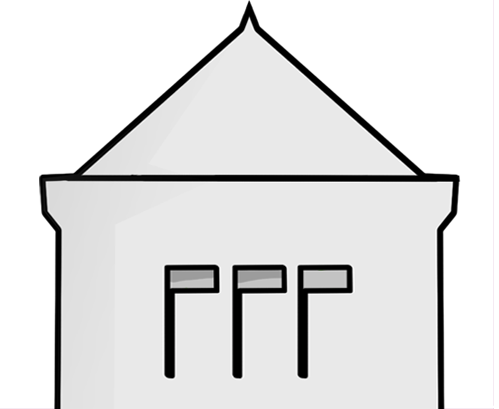Team:Leeds/Safety
From 2013.igem.org
(Difference between revisions)
m |
|||
| Line 5: | Line 5: | ||
__TOC__ | __TOC__ | ||
==Safety== | ==Safety== | ||
| + | ===iGEM Safety Questions=== | ||
| + | '''1. Would our project raise any safety issues in terms of:- | ||
| + | |||
| + | Researcher safety- Certain chemicals used in our research may be harmful ie. ethidium bromide when running agar gels. The safety issues are covered in COSHH assessments and safety protocols will be followed. Bunsen burners are used when making agar plates for sterility need to follow safe working practices for bunsens. Need to use aseptic techniques to avoid contamination with bacteria from us and to us. Also we will be handling hot agar so care should be taken not to burn ourselves by using oven gloves. Throughout our research we will follow health and safety regulations required by law. To add to this university health and safety policies will be enforced to ensure researcher safety. | ||
| + | |||
| + | Public safety- If our biobricks were to be used as a commercial device, the effects that it would be have on the environment and wildlife would have to be considered; as well as possibly contamination it could cause. This is a concern as the plasmid we are using to carry our genes contains an antibiotic resistance gene which could be transferred to other virulent bacteria. Therefore a kill switch will be inserted into our plasmid with will allow us to kill bacteria easily if a containment issue occurred. Therefore this would will stop the creation of any dangerous, resistant bacterial strains hence keeping the public safe from our product. | ||
| + | |||
| + | Environment- Once again we need to make sure our genes will not be transferred to wild virulent strains of bacteria so not to cause antibiotic resistance. Hence the insertion of a kill switch into the bacterial plasmid should make killing a harmful or contaminated strain easy and safe to do. To add to this, any bacteria we use and have used and no longer any use of, as well as those that may have become contaminated, will have to be disposed of appropriately using an autoclave. This will make sure all the cells are killed and are of no harm to the environment, lab researchers or the public. | ||
| + | |||
| + | 2. Do any of the new biobricks raise any safety issues? | ||
| + | |||
| + | We believe that our new biobricks will be safe as they do not produce any harmful chemicals. However there is the consideration that they could be harmful if a person became infected with the bacteria we are working with. But this will be because of the adverse effects of the bacteria itself, not from the biobricks we have inserted into the bacteria. To avoid this situation, health and safety measures will be put in place and keep to by the researchers working in the labs at all times. To avoid the public being affected by the bacteria we are working with, they will be disposed of in the proper way, for example autoclave (as previously mentioned), so that all bacteria is killed and disposed of correctly and safely. | ||
| + | |||
| + | 3. Is there a local biosafety group at your institution? | ||
| + | |||
| + | There is specialised health and safety department at the university and it has a specific biosafety section. The people that work in this area are fully aware of our research and have seen no additional safety issues than those addressed so far. All the members of the team have undergone health and safety training before working in the labs and this was given by a member of the faculty of biological science health and safety team. | ||
| + | |||
| + | 4. Any other ideas on safety issues for future iGEM competitions? How can any parts be made safer through biosafety engineering? | ||
| + | The parts we are engineering have been made safer by introducing the kill switch, mentioned earlier, so that if the bacteria became virulent ect. they can quickly be disposed of safely. We hope that our biobricks are safe and don’t impose any risk to the environment or the public but as we go along with our work we will be sure to keep assessing the risks involved with our biobricks and synthetic biology in general to make sure that our work is as safe as possible!''' | ||
===Biosafety=== | ===Biosafety=== | ||
===Lab Safety=== | ===Lab Safety=== | ||
Revision as of 15:11, 4 July 2013
Everything Below Here To Be Removed
This is a template page. READ THESE INSTRUCTIONS.
You are provided with this team page template with which to start the iGEM season. You may choose to personalize it to fit your team but keep the same "look." Or you may choose to take your team wiki to a different level and design your own wiki. You can find some examples HERE.
You MUST have all of the pages listed in the menu below with the names specified. PLEASE keep all of your pages within your teams namespace.
| Home | Team | Official Team Profile | Project | Parts Submitted to the Registry | Modeling | Notebook | Safety | Attributions |
|---|
Use this page to answer the questions on the safety page.
 "
"









